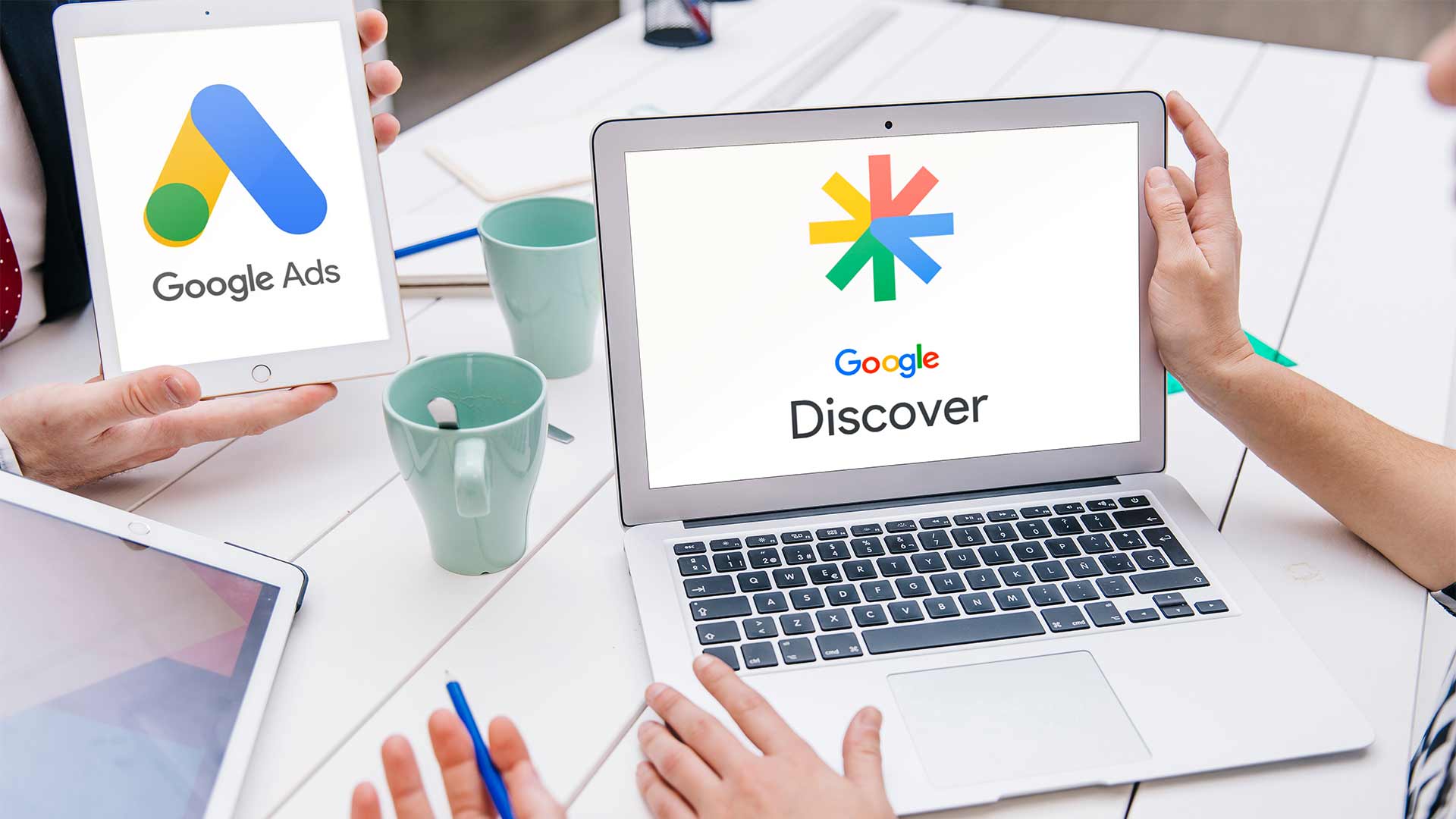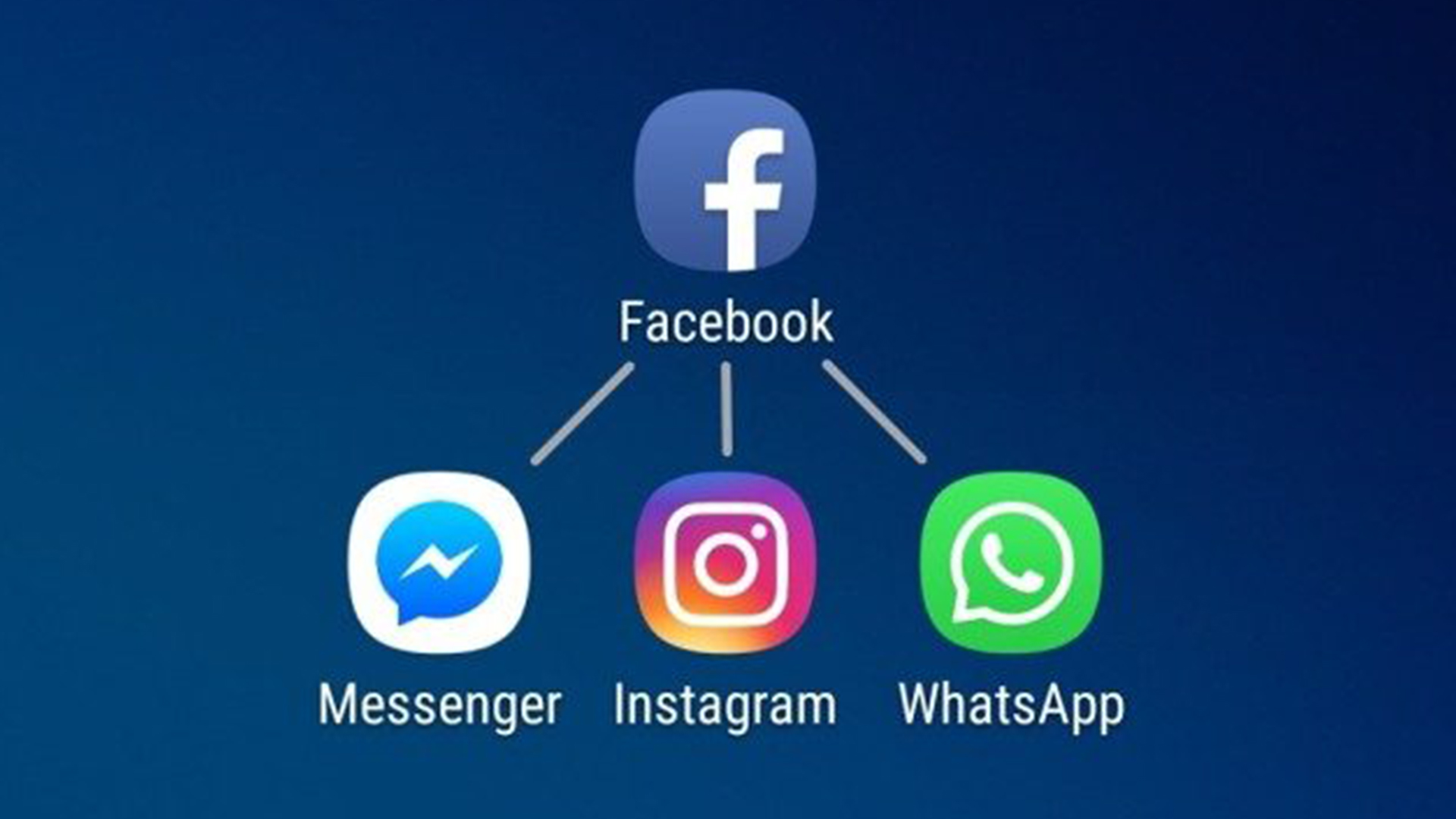
A successful digital marketing strategy starts with understanding the various platforms at your disposal. As an SEO company in Auckland, pay-per-click, Google Analytics, and all things digital marketing is second nature to us.
Google offers a plethora of tools to help advertisers create search marketing campaigns to work toward and reach specific goals. Today, we explore Google Display Ads vs Discovery Ads, explaining how to utilise them and the benefits they can provide your business.
Google Display Ads
Google Display Network is great for widening your reach, with the option to run ads on a broader range of websites. The purpose of running Google Display Ads is typically to enhance brand awareness while generating sales and leads. Display Ads can be used to retarget users, presenting your advertisements to audiences that have previously interacted with your brand.
Features
Display campaigns are a visually-engaging way to reach new audiences and existing customers. Display Ads allow you to target audiences by age, gender, parental status, and more, using the data collected by Google.
While demographic targeting is effective, Display Ads allow you to go further and reach audiences based on search interest. Google builds profiles on their users based on their online activity to create Affinity Audiences. These are groups of users based on a broad, shared interest: gamers, sports fans, and travellers, for example.
Furthermore, your business can create a custom Affinity Audience to target a more specific group. For example, if you’re promoting a new game for PlayStation, rather than targeting the broader group of gamers, you can use terms like “PlayStation games” and select relevant domains where you’d like to run your ads.
Responsive Display ads use your brand assets (images, copy, headline, logos, videos), automatically combining the elements to generate streamlined ads for the available websites.
Benefits
The top benefit of Google Display ads is the ability to reach a wider audience with minimal effort and easily retarget users. This method allows you to bid for clicks, impressions, and conversions; alongside several other bidding strategies. Google’s Display Ads Network enables your brand to utilise its database to the full extent, with more than two million websites, videos, and applications available for your ads to run.
Google Discovery Ads
Discovery Ads work like Display Ads, aiming to reach potential customers. The key differences lie with the platforms you can run ads on and the utilisation of user intent.
Utilities
Discovery campaigns won’t give your brand access to the two million+ potential ad slots that Display ones would; however, the platforms available enable your ads to reach up to three billion monthly users. Discovery campaigns run on various Google apps: YouTube Home and Watch Next feed, Google Discover, and Gmail promotional and social categories.
With the small range of platforms comes the ability to present visually rich ads. They use machine learning to create ads using your provided assets, optimised to work seamlessly across each of Google’s platforms and on all devices. Discovery Ads resemble part of the user’s feed and blend with their favourite content.
Google uses several signals to determine search intent, enabling your brand to target people who are actively interested in your brand and products and services relevant to it. Discovery Ads allow your audience to discover your brand, reaching those ready to convert according to Google’s signals.
Discovery campaigns have two options for bidding: Target CPA bidding to drive conversion and Target ROAS bidding to reach specific tracked conversion values.
Benefits
The main benefit of running a Discovery campaign is utilising Google’s understanding of user intent to present audiences with more relevant and engaging ads. With these visually-rich ads comes the opportunity to drive conversion, as they only run for those who are actively interested in what your brand offers, based on their profiling from Google. Discovery campaigns allow your business to reach those ready to discover it.
Choosing Your Strategy
When choosing a strategy, it’s vital to determine your campaign objectives: are you looking to drive conversion or improve brand awareness? Are you trying to target new customers or existing ones?
Thoroughly understanding your goals will help you decide the best ad types to run. There’s no true winner to the Display Ads vs Discovery Ads argument; however, from what we’ve discussed, the primary difference lies in where your ads can run and the number of bidding options.
For a wider reach and access to Google’s two million potential ad slots, your business may benefit from running a Display Campaign and targeting a specific demographic of relevant users. Alternatively, you could utilise Google’s own platforms – Gmail, Discover, and YouTube – to present your ads to those directly looking to act and drive conversion rates.
Have a cohesive plan formed and understand the intention of your campaign. If you’re still left confused about the different types of ads, working with a digital marketing agency will help your business develop a strong strategy and determine the best campaign type.

















